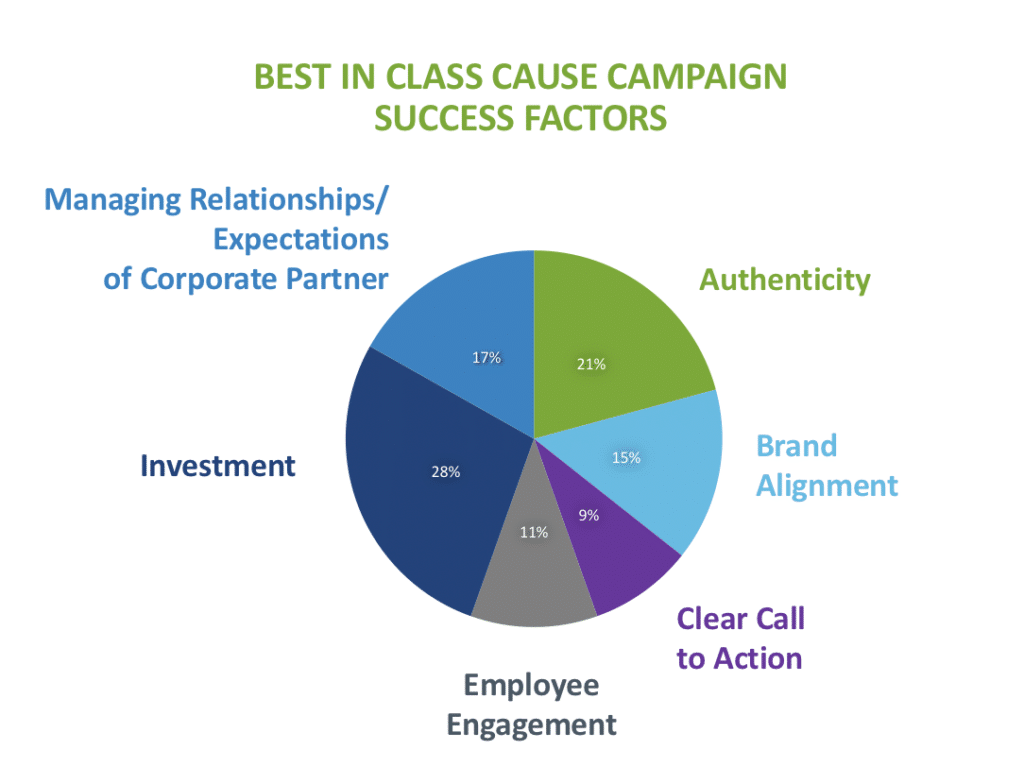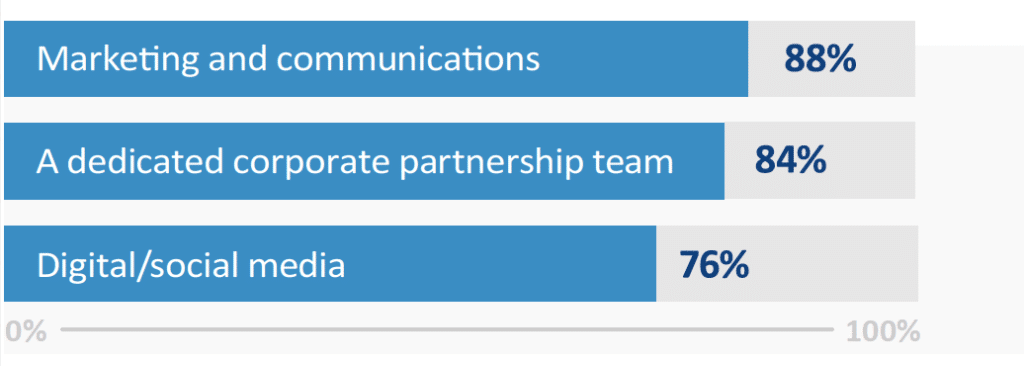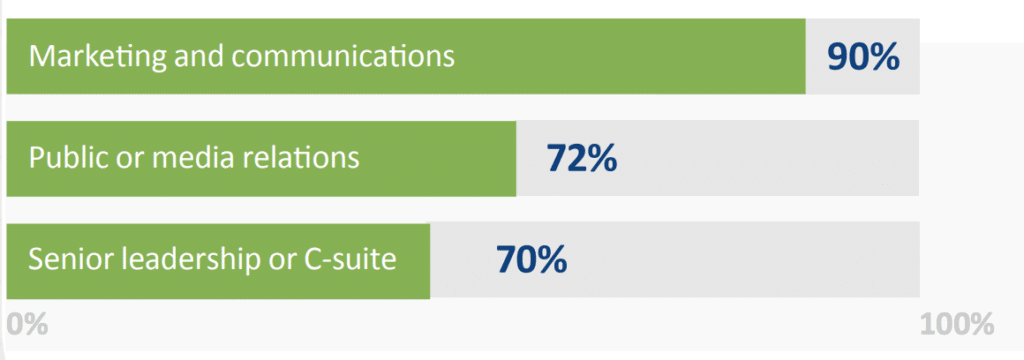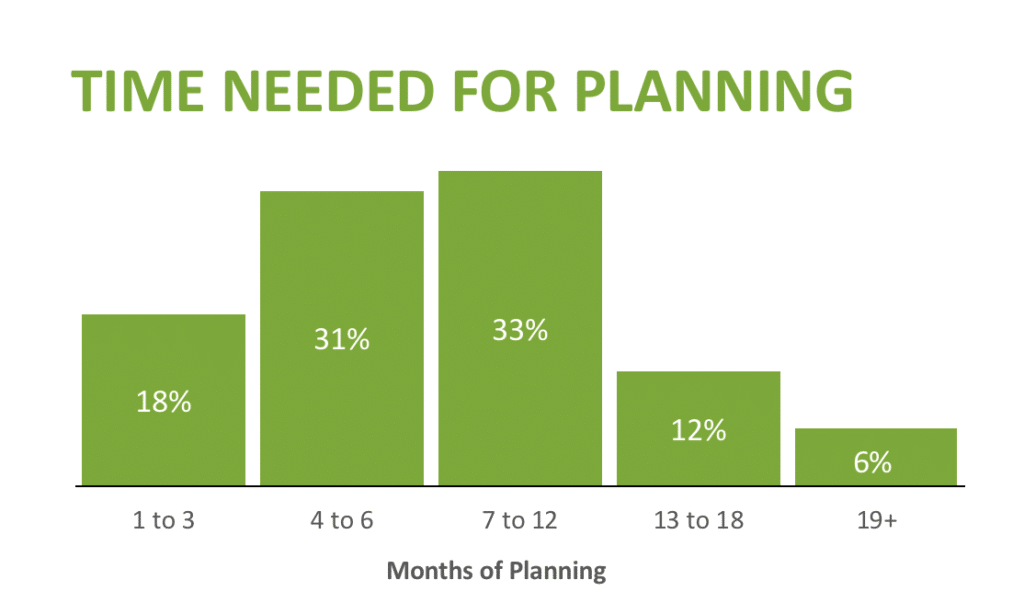By: Avi Mayerhoff
As we near the end of a tumultuous 2020, starting cause campaign planning efforts for a new year can feel daunting. Questions come up every day about everything from marketplace conditions for creating partnerships to timing and strategies.
Help is here. For Momentum’s new Key Elements of Best in Class Cause Campaign survey results provide an industry-wide benchmark resource. While the full report covers a wide breadth of cause campaign areas, this blog series focuses on one area at a time to provide an in-depth look at how to put this data to work. Up first: planning tips.
Develop an Authentic Campaign from the Start
We can all agree that choosing the campaign type, whether it’s a point-of-sale, employee engagement or another style is an important step in the process. Even more crucial though than the type, is that these campaigns are built on strong relationships.
In our survey, cause practitioners rated “investment by both nonprofits and corporations,” “authenticity” and “managing relationships and expectations of the corporate partner” as top success factors of Best in Class Cause Campaigns.
From the start, all parties need to have a mutual investment in campaign planning and execution. This begins with making the right partner selection based on mission and brand alignment. It progresses through pitching your cause to corporate partners in an authentic way.
In our recent webinar, Jill Davis, Chief Revenue Officer at Share our Strength, shared this advice for creating campaigns that hit on all of these factors. “Be authentic. Be bold and be flexible. Don’t do something that isn’t grounded in your core values and the core values of your partner. That is your North Star.”
Jill’s summary nails it. From the time you pitch your partner on the campaign concept, all the way through developing campaign strategies, focus on remaining true to your nonprofit’s mission and the connection to your corporate partner’s mission.
Create an Environment of Collaboration
Another important theme that came out of our Best in Class campaign research is that these campaigns involve extensive internal and cross-team collaboration.
The top three departments that nonprofits rely on for developing campaigns are:
From the corporate partner side, the top teams involved are:
A key step for both nonprofits and corporate partners is to involve internal marketing and communications teams from the beginning and collaborate across them continuously. This can be a challenge, but it’s critical to setting clear expectations of responsibilities and avoiding miscommunications. No one likes to be blindsided with additional workload or requests outside their wheelhouse.
Muneer Panjwani, Vice President Foundation, Government and Corporate Partnerships at The Trevor Project, made this recommendation in our recent webinar: “One way to get buy-in and inspire the full team is to include program support to further your mission in addition to fundraising. This not only helps with aligning your internal team, but also inspires buy-in to the campaign objectives.”
Successful campaigns require heavy involvement in planning from both the nonprofit and corporate partner. Spend the time to define and document contract terms. Make sure roles, expectations and approval processes are outlined and agreed upon so there are no surprises.
Allot Plenty of Time to Planning
Best in Class campaigns take a significant amount of time to plan. While the pandemic has sped up timing in many cases, consider them anomalies. Allowing enough time on the front end pays predictable dividends. We found that 64% of Best in Class campaigns took four to 12 months to execute.
Why does it take so long? Consider all the players involved. You need time to secure campaign assets, align your resources and achieve buy-in internally and externally. You also have to be realistic about your campaign objectives, scope and call to action. More ambitious campaigns require more time.
Time to plan and execute a campaign generally builds on an existing strong foundation of partnership. Invest in your partner relationships in advance, as well as during campaign planning. Develop strong team connections to help you understand your partner’s needs better and anticipate challenges or blind spots.
Remember these tips to start strong:
- Authenticity in partnerships and team communications is key to developing a rockstar campaign. If something feels out of alignment with your mission during the planning process, don’t be afraid to say so. In the end, your authenticity will shine through and connect you more powerfully with donors.
- It takes many teams and a collaborative spirit to plan and execute campaigns. Get team members engaged early on in the planning process and be open to their goals, needs and wants.
- Overestimate the amount of time it takes to develop a quality campaign. Start with clear expectations and project timelines to get each department on board early.






Leave a Reply